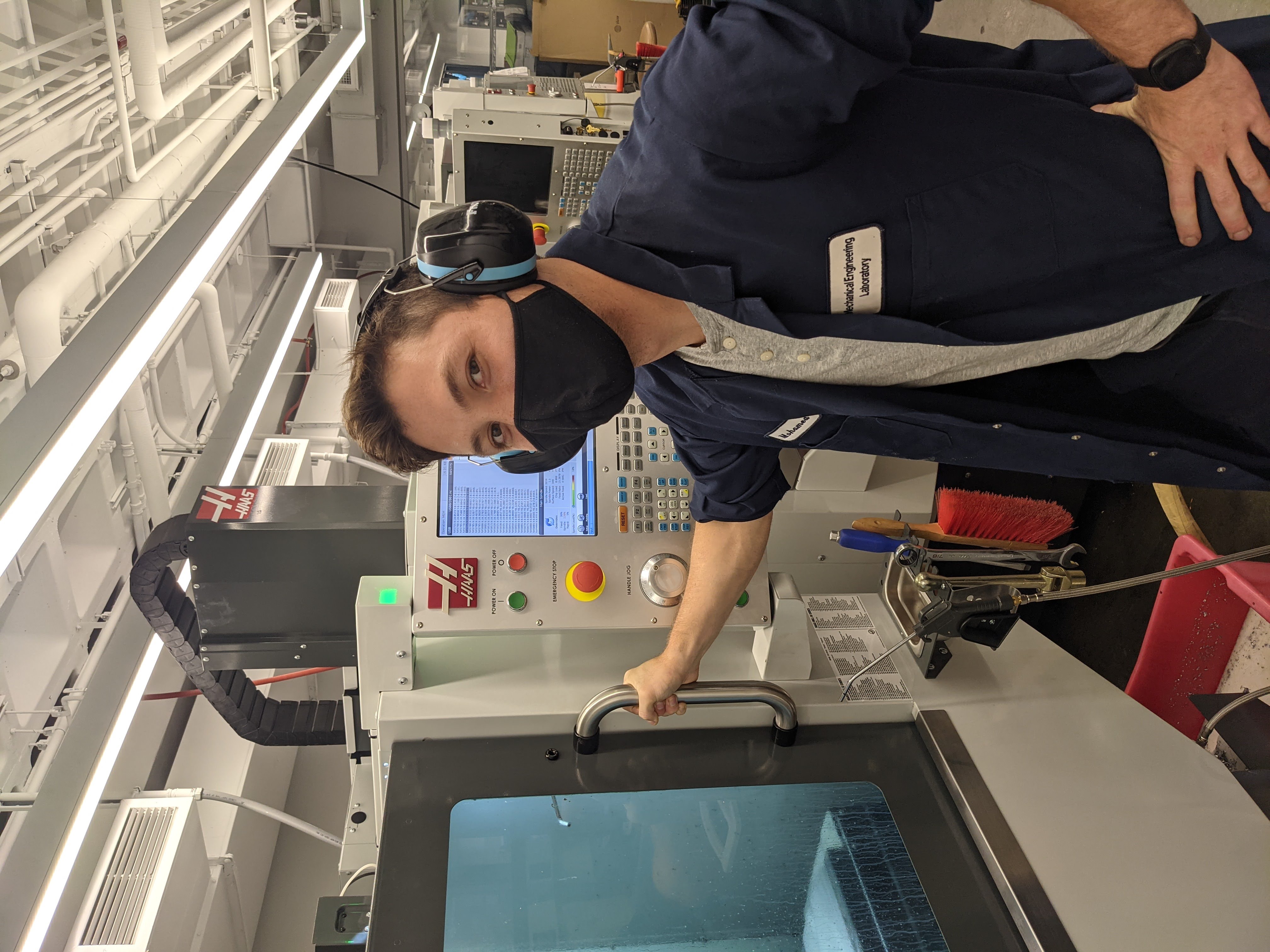OpenMOT: Open Source Atomic Trapping
Documentation and instructional guide for constructing a magneto-optical trap for rubidium atoms Atomic 'traps' capable of cooling ensembles of atoms to a fraction above absolute zero are quickly becoming a leading method for the generation of single-photon sources, quantum sensors, and quantum computers. However, there is a distinct lack of publicly available practical implementation details for these devices. Moreover, of this sparse documentation, the majority of it relies on purchasing a significant amount of expensive commercial equipment (e.g. a rubidium MOT tutorial from Ithaca College, which utilizes a completely pre-fabbed vacuum and atom dispenser system; their total build costs over $40,000).This series of posts describes my experience in fabricating a magneto-optical trap from scratch, a process which has taken me eight months (and counting) and a total expenditure of just under $4,000 (including several mistakes and unnecessary purchases; the final bill of materials should be significantly cheaper, albeit reliant on some auction site luck).
In particular, I aim to explain the history, principles, and fabrication of such an apparatus. These posts assume no prior knowledge in atomic physics, but implementation does require access to electronics and machining equipment.
Theory
Start here if you are interested in how a magneto-optical trap (MOT) works, and why they are important tools in science:- Introduction to Atomic Trapping
- The Monochromatic Laser
- The Vacuum System
- Cooling Atoms
- Analysis
Fabrication Guide
The following are concise guides on how to construct the various components required to implement your own atom trap.Laser System
Optical Instruments
Control Circuits
- Precision Laser Diode Current Controller (0-200mA, 100nA RMS noise)
- Precision Piezoelectric Actuator Driver (8-95V, 100uV RMS noise)
- Peltier Device Controller (2A output)
- AD590 Readout (10°C to 45°C range)
- Vapor Cell Heater (1A output)
- MCU Shield (uses Teensy3.5 for digital control)
Saturated Absorption Spectroscopy
Vacuum System
Full System Schematics
Mounting Apparatus and Controllers
- Tetrahedral Optical Trap Mount
- Magnetic Coil Mount w/ 3-Axis Compensation
- 4-Channel Magnetic Coil Controller
- Beam Alignment Controller
- OpenMV H7 Camera Mount for CF40 Viewports
